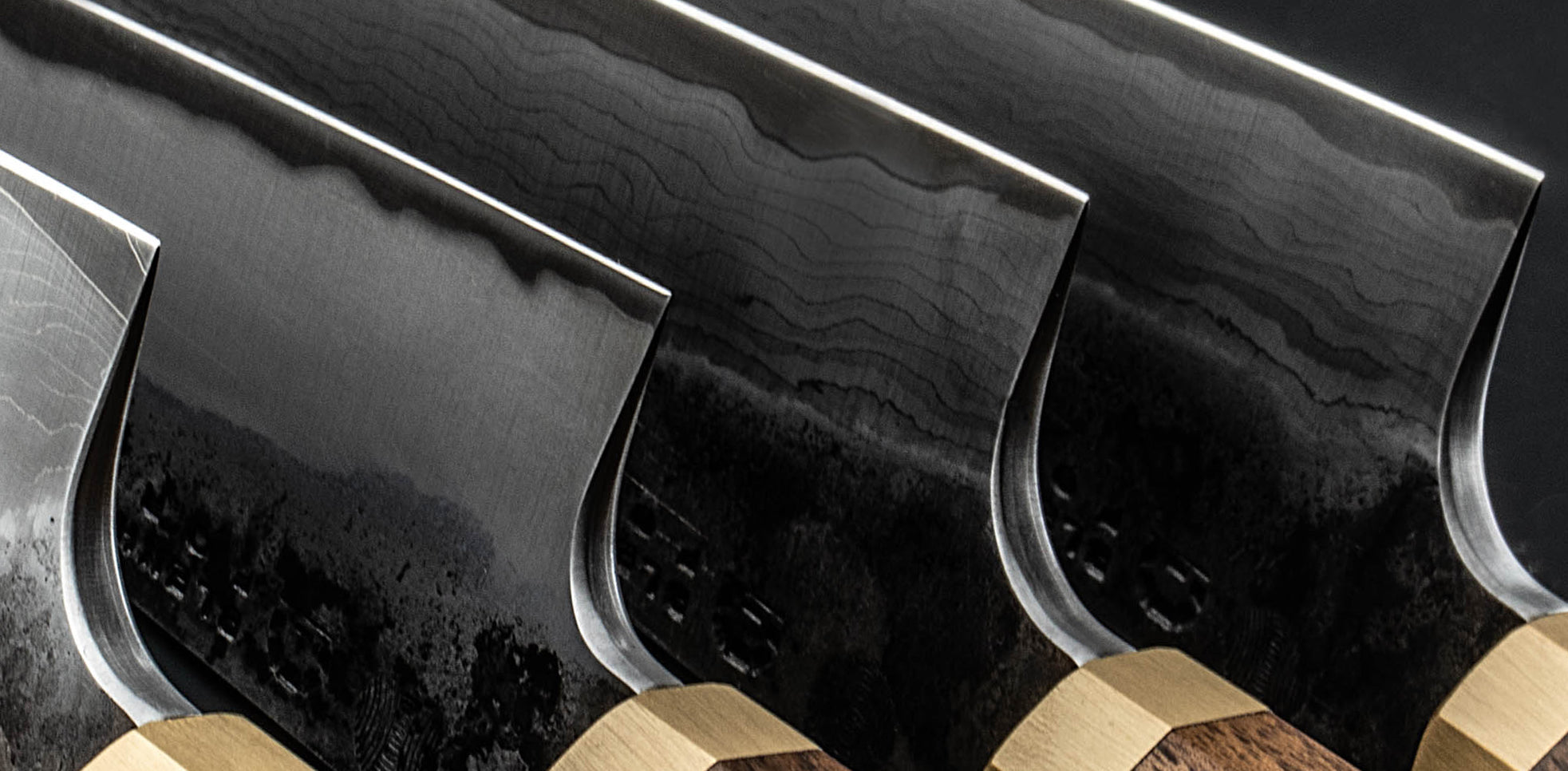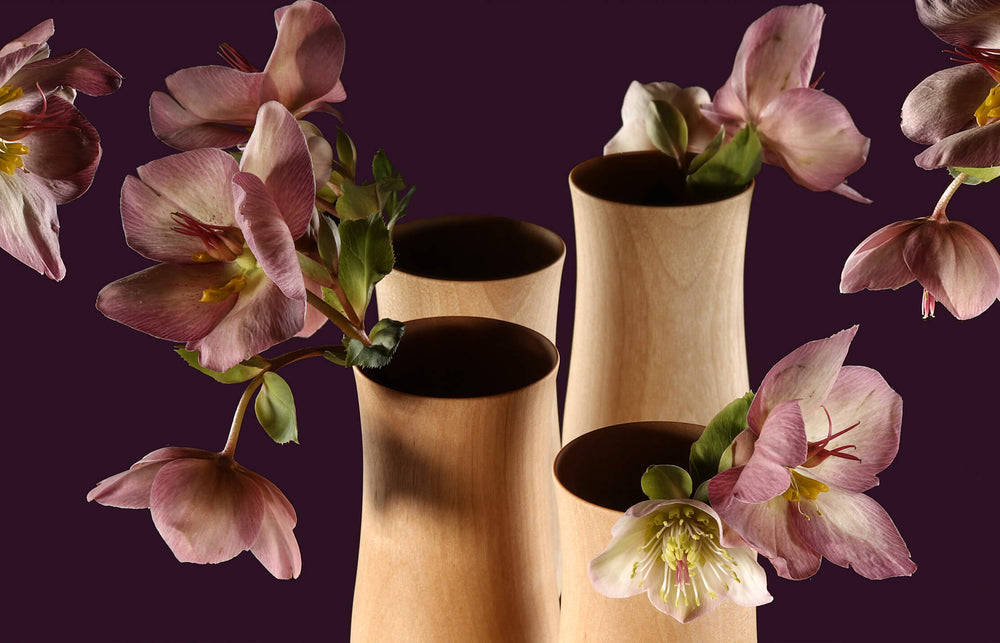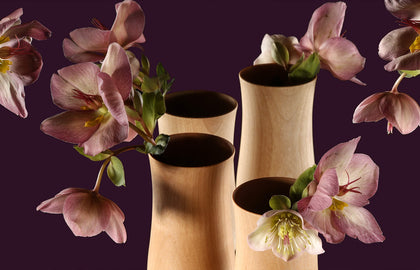
Sharp? Sharp, how?
'Sharp' is more subjective than you may think. Some thoughts about edge sharpness.
There are lots of approaches to achieving the most desirable edge for a particular knife, and particular chef. The knives we sell each come with the edge sharpened, using one method or another, to that knife's maker's desired sharpness. But they are only one person, and not the person who will be using the knife, we would point out. By nature, that sharpness will vary.
Different steels produce different types of edges and different chefs can prefer various attributes over others in an edge. The exact angle of the secondary bevel, the symmetry of those bevels, the degree of polish of the surface of those bevels, and the "toothiness" of the final cutting edge are all matters of personal preference.
Carbon steels and stainless steels will sharpen differently, and various alloys within those two groups will take edges differently. Every steel's grain structure is unique, and when blades are hardened and tempered individually, each will deliver its own exact finished grain structure to the cutting board. And, of course, there are seemingly endless ways to sharpen the edges, from the traditional Whetstone to grinders and other wheels, to more modern contraptions, and mechanical aids. It could seem that every year a new sharpening system is announced, and you would not be wrong.
So remember, every knife, no matter who made it and what materials it's made from, will require regular care and periodic sharpenings in order to perform at its fullest potential. Regardless of how a knife arrives at your doorstep, it should be expected that the edge will need to be maintained, and perhaps altered even before its first cut, to suit the user's preferences. Some chefs may actually opt to receive a knife, new in the box, without a secondary bevel (i.e. final edge), so that they can apply it themselves through their preferred methods and to their exact needs. Many chefs rely on leather honing strops to maintain their edge in between sharpenings, and to reduce the frequency of those sharpenings. Some chefs spend many hours on a regular basis sharpening and polishing their knife's edge on a progression of two, three, or even as many as eight natural whetstones to achieve their desired edge. At the end of the day, no matter how a knife arrives from its maker, it's ultimately up to the knife's new owner to adjust and maintain that edge to their personal tastes.

















